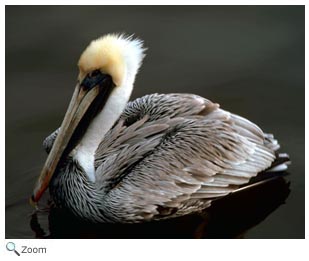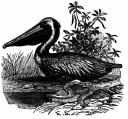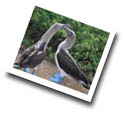 There are 66 species of medium to large birds in this order. The birds in this order are found in marine and inland water habitats in all parts of the world. There are 66 species of medium to large birds in this order. The birds in this order are found in marine and inland water habitats in all parts of the world.
Most of the species in this order are some combination of brown, black, or white or a combination of those colors. Most species have a gular pouch of bare skin located between their lower jaws. The birds in this order are the only birds that are totipalmate, that means they have webbed feet with four toes. In most species of birds, the hallux is the first toe and it points backwards. In the birds in this order the hallux points to the front and it is webbed with the other three toes. During mating season, most of the birds in this order form monogamous pairs. In some species, pairs may mate for more than one year. Both the male and female incubate the eggs and care and feed for the young, which are helpless at birth. Most of the species in this order use their feet to incubate their eggs. Species in this order usually nest in colonies. A large part of the diet of the birds in this order is made up of fish. Some species also eat squid, crustaceans, amphibians, and reptiles.
|
|||||||||||||


